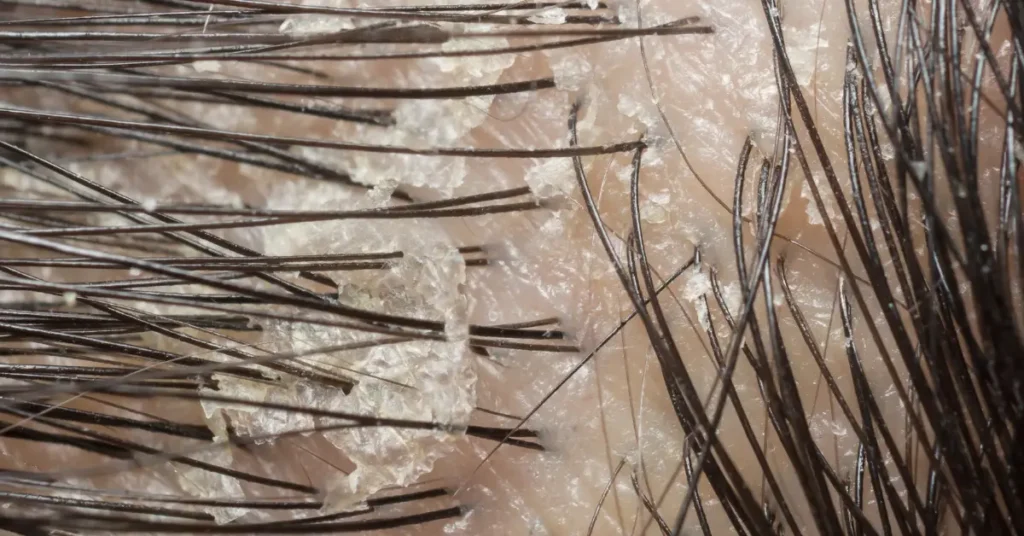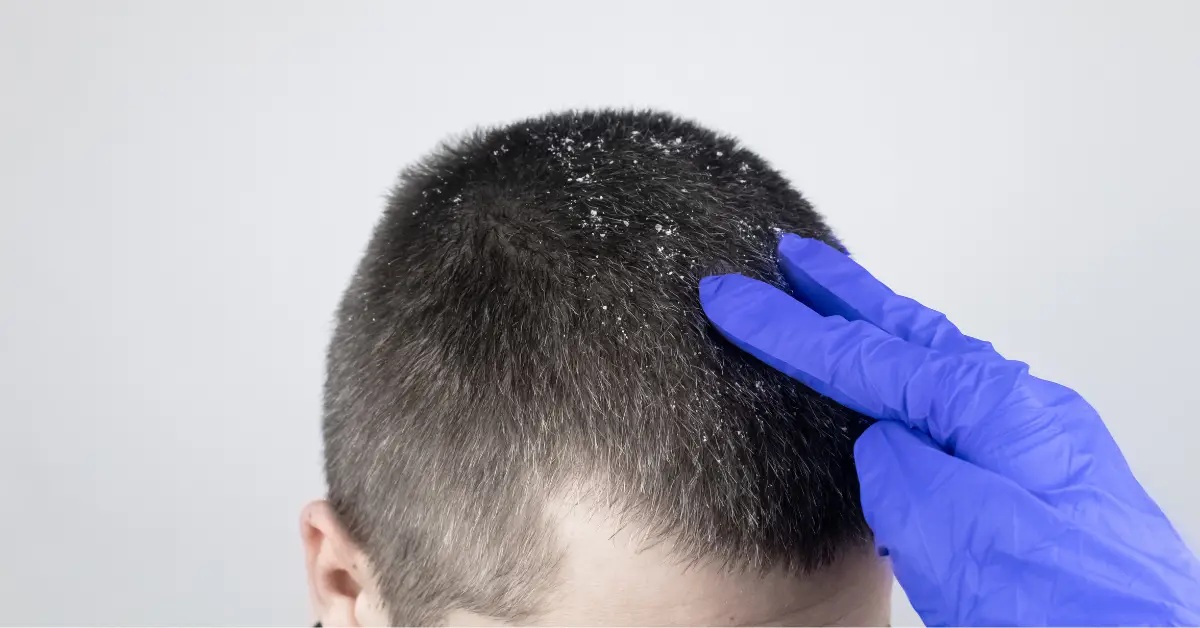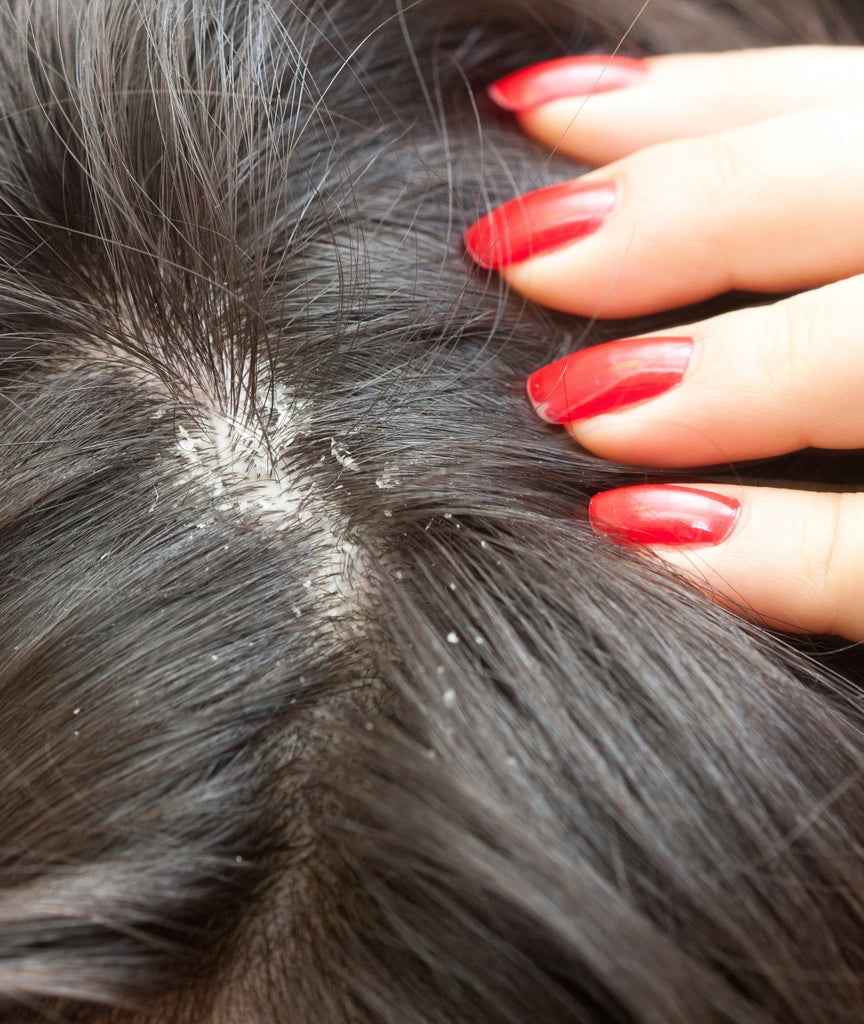How Many Types of Dandruff And Solution- Do you have any idea? There are two types of dandruff: dry dandruff and oily dandruff. Dry dandruff occurs due to dry scalp and flaky skin, while oily dandruff is caused by excess oil production.
The solution for dry dandruff involves moisturizing the scalp and using anti-dandruff products that reduce flakes, while oily dandruff can be treated by controlling sebum production and using specialized shampoos. Proper hair hygiene, regular shampooing, and avoiding triggers like harsh hair products can help manage both types of dandruff.
What Is Dandruff And Its Causes?
Definition and explanation of dandruff: Types of Dandruff And Solution refers to the condition characterized by the shedding of dead skin cells from the scalp. It is a common scalp disorder that affects many individuals. The exact cause of dandruff is still not fully understood, but it is believed to be caused by a combination of factors related to the scalp’s health and external factors.
| Poor scalp hygiene | Poor maintenance of scalp cleanliness and infrequent washing can lead to the buildup of oils, dead skin cells, and sweat, contributing to dandruff growth. |
| Fungal infection | An overgrowth of a yeast-like fungus known as Malassezia on the scalp can trigger dandruff. This fungus feeds on the scalp’s oils, causing an inflammatory response that results in flaking. |
| Dry skin | A dry scalp, often caused by cold weather, dehydration, or the use of harsh shampoos, can cause small, dry flakes to appear. |
| Seborrheic dermatitis | This inflammatory skin condition affects areas with high oil gland activity, such as the scalp. It causes redness, itching, and greasy, yellowish scales. |
| Hormonal changes | Fluctuations in hormones, particularly during adolescence or due to certain medical conditions, can increase the likelihood of dandruff. |
Different Types Of Dandruff

Dandruff is a common scalp condition that can cause irritation and embarrassment. Knowing the different types of dandruff and their solutions can help you effectively address the problem.
| Type of Dandruff | Solution |
|---|---|
| Dry scalp dandruff | Keep your scalp hydrated by using moisturizing shampoos and conditioners. Avoid overwashing and harsh hair products. |
| Oily scalp dandruff | Control excess oil production with a balanced diet, regular washing, and using anti-dandruff shampoos containing ingredients like zinc pyrithione or salicylic acid. |
| Fungal dandruff | Treat fungal dandruff using antifungal shampoos or prescribed medications. Keep your scalp clean and dry to prevent fungal growth. |
| Product-induced dandruff | Avoid using hair products that contain harsh chemicals or irritants. Opt for natural or gentle alternatives, and thoroughly wash and condition your hair. |
Each type of dandruff requires a specific approach to address it effectively. Identify the type of dandruff you have and choose appropriate solutions to alleviate the condition. Remember to be consistent with your hair care routine and consult a dermatologist if the problem persists.
Symptoms and Diagnosis
Identifying types of Dandruff And Solution symptoms can help in diagnosing and finding appropriate solutions for this common scalp condition. Some common symptoms of dandruff include flaky skin on the scalp, itchiness, and dryness. It is important to note that dandruff can vary from person to person, and the severity of symptoms may also differ. While these symptoms can help in identifying dandruff, it is always recommended to consult a dermatologist for an accurate diagnosis.
Diagnostic methods for types of Dandruff And Solution detection can involve a visual examination of the scalp and hair by a healthcare professional. They may also use a special tool called a Wood lamp, which emits ultraviolet light to evaluate the condition of the scalp. Additionally, they may perform tests to rule out other conditions that may cause similar symptoms, such as seborrheic dermatitis or psoriasis. Understanding the specific symptoms and undergoing proper diagnostic procedures can lead to effective treatment and management of dandruff.
Solutions And Treatments

- Tea tree oil: Dilute tea tree oil with a carrier oil and apply it to the scalp.
- Apple cider vinegar: Mix equal parts vinegar and water, apply to the scalp, and leave it on for a few minutes before rinsing.
- Aloe vera: Extract the gel from the aloe vera plant and apply it to the scalp. Leave it on for 15-20 minutes before rinsing.
- Coconut oil: Massage coconut oil onto the scalp, leave it on overnight and rinse it off in the morning.
- Anti-dandruff shampoos: Look for shampoos containing ingredients like zinc pyrithione, salicylic acid, selenium sulfide, or ketoconazole.
- Coal tar: Tar-based shampoos can help to slow down the rate at which skin cells on the scalp die and flake off.
- Prescription-strength shampoos: These shampoos may contain stronger concentrations of active ingredients to target more stubborn dandruff.
- Topical steroids: These medicated creams or lotions can help to reduce inflammation and itching associated with Types of Dandruff And Solution.
Daily hair care routine to prevent dandruff recurrence:
- Regularly wash your hair and scalp to keep them clean and free from excess oil and product buildup.
- Avoid using harsh hair products, as they can irritate the scalp.
- Keep your scalp moisturized and hydrated, as dryness can contribute to dandruff.
- Protect your hair from excessive heat and styling damage.

Credit: www.stylecraze.com
Frequently Asked Questions On How Many Types Of Dandruff And Solution- All About
How Many Types Of Dandruff Are There?
Yes, there are two main types of dandruff: dry dandruff and oily dandruff. Dry dandruff is caused by a dry scalp, while oily dandruff is a result of excessive oil production.
What Is The Number 1 Dandruff Treatment?
Yes, The number 1 dandruff treatment is using medicated shampoos containing active ingredients like ketoconazole, salicylic acid, or selenium sulfide. These shampoos help control flaking, itching, and inflammation associated with dandruff, providing effective treatment for this common scalp condition.
What Is The Most Severe Type Of Dandruff?
Yes, The most severe type of dandruff is known as seborrheic dermatitis. It causes excessive flaking of the scalp and can lead to redness, irritation, and itchiness. Regular shampooing and the use of anti-dandruff products can help manage this condition.
Conclusion
To summarize, understanding the different types of dandruff is essential for finding the right solution. Whether it’s dry dandruff caused by a lack of moisture, or oily dandruff resulting from excess sebum production, knowing the root cause of your scalp issue is key.
By adopting proper hair care practices, like regular cleansing, using medicated shampoos, and keeping your scalp moisturized, you can effectively manage and eliminate dandruff. Embrace a healthy scalp, say goodbye to dandruff, and enjoy happier, flake-free hair days.

5 thoughts on “How Many Types of Dandruff And Solution- All About”